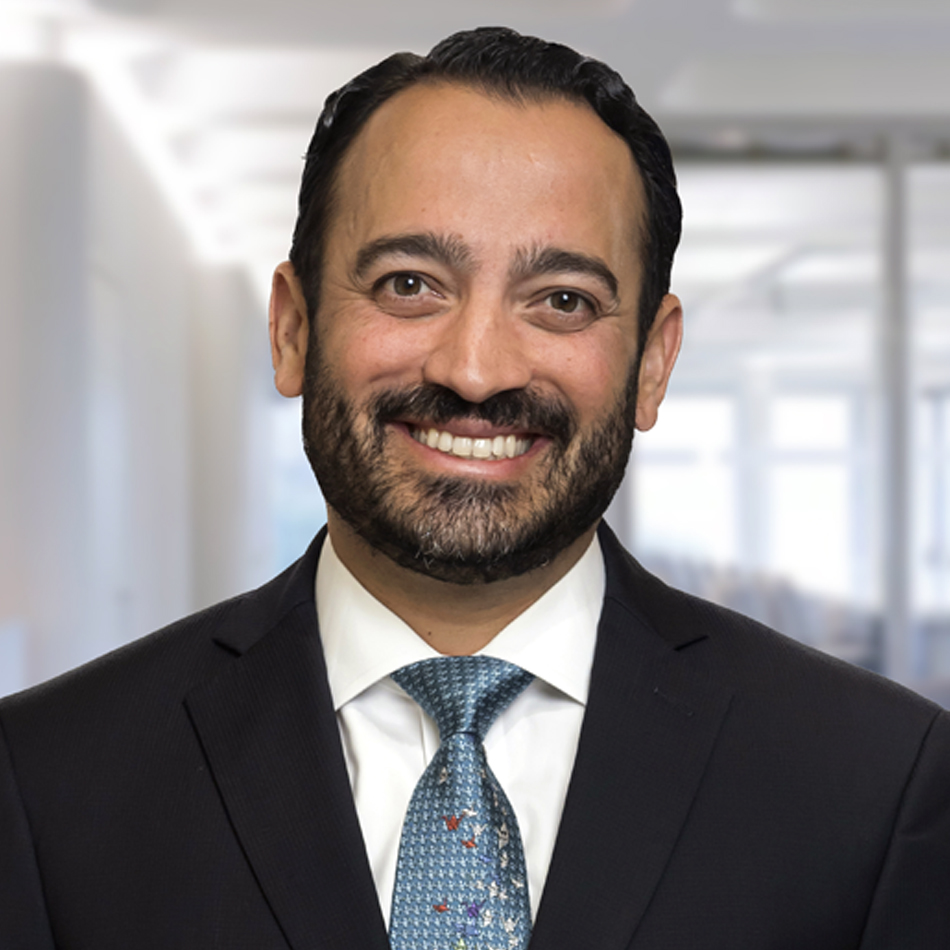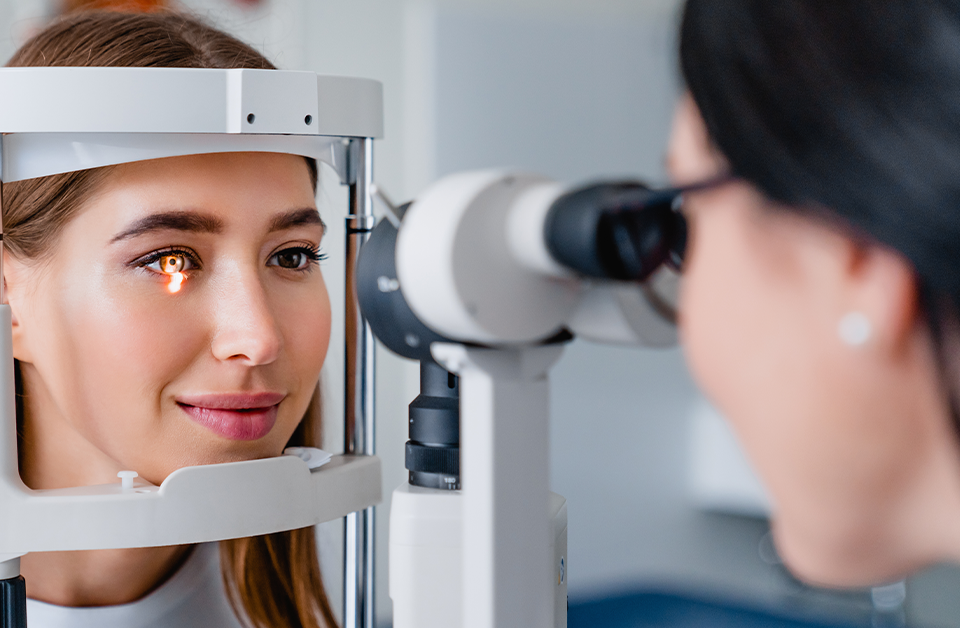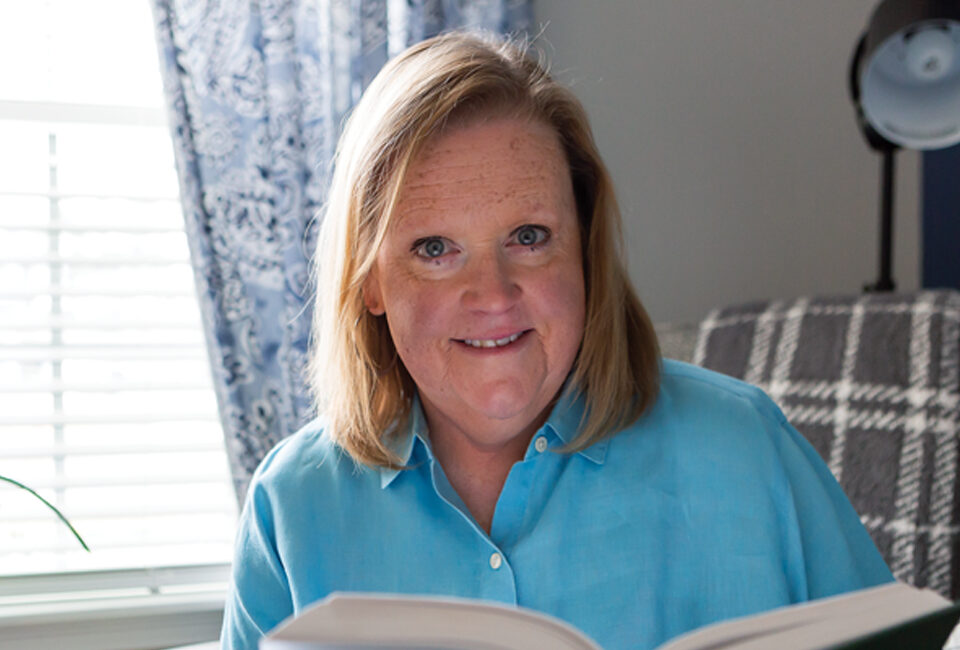

“We’re the master distributor for Gardner Denver drilling tools,” Thomas proclaims. “We also
manufacture down- hole drilling tools for oil and gas, water well, and other types of earth boring.
We specialize in manufacturing unique tools for in situ uranium mining and similar projects. We do
business in 40 states and three foreign countries.”
After handing the operation of Green Bit & Tool to his children, Thomas returned to Tennessee,
where he raised Black Angus cattle on three farms in Nashville for several years. In 2017, at age
80, Thomas sold the farms, retired and relocated to Florida.
Prior to leaving Nashville, however, Thomas began experiencing issues with his eyes. His vision was
blurred and distorted, and he was later diagnosed with cataracts, which is the clouding of the
normally clear lenses by protein deposits.
The only treatment for cataracts is a very common surgery, during which each affected lens is
removed and replaced with a synthetic intraocular lens implant.
Thomas underwent cataract surgery, but his vision remained blurry.
In another attempt to correct his vision, Thomas underwent LASIK surgery. This procedure uses a
laser to correct refractive errors, such as nearsightedness, farsightedness and astigmatism,
which is an irregularly shaped cornea. (LASIK is an acronym for laser-assisted in situ
keratomileusis.)
“Even after LASIK, I still had blurry vision, particularly in my left eye,” Thomas states. “Then my
eye doctor in Tennessee said that he saw something unusual in my left eye and recommended that I
see a retina specialist.”
Thomas was moving to Florida at the time, so the doctor referred him to Tomas A. Moreno, MD, a
board- certified, fellowship-trained retina specialist at Florida Retina Institute.
Vessel Blockage
During Thomas’ initial appointment, he complained about his decreased vision as well as tiny
shadows in his left eye. But the Nashville eye doctor had sent Thomas to Dr. Moreno for another
reason.
“The ophthalmologist noticed little hemorrhages in Mr. Green’s left retina,” Dr. Moreno informs.
“The pattern of the hemorrhages was consistent with a condition called ocular ischemic syndrome.”
With ocular ischemic syndrome, the eye does not receive the necessary blood supply to stay
nourished and healthy. This is usually the result of stenosis, or narrowing, of a carotid artery,
which runs through the neck and supplies blood to the head. Stenosis of the carotid
artery is a leading cause of stroke.
The retina specialists at Florida Retina Institute use several techniques for
diagnosing and monitoring eye disorders such as ocular ischemic syndrome.
First, the retina is examined through a handheld ophthalmoscope, which enables doctors to visualize
the blood vessels and nerves.
“For Mr. Green, we also used fundus photography, which takes pictures of the retina so we can see
the hemorrhages and monitor for any abnormal blood vessel growth, a complication of ocular ischemic
syndrome,” Dr. Moreno points out.
Another modality is optical coherence tomography, or OCT. It uses light waves to map a
cross-section of the retina and can reveal any retinal swelling or macular edema.
Fluorescein angiography is an imaging test in which a dye is injected into the patient’s arm and
a special camera follows how it flows through the vasculature of the eye. It can also reveal
abnormal blood vessels and retinal swelling.
Concerned by his findings, Dr. Moreno followed up his examination by sending a note to
Thomas’ primary care physician recommending that Thomas be evaluated for ocular ischemic
syndrome. This evaluation is typically done using a Doppler ultrasound to look at blood flow from
the carotid arteries to the eyes.”
The ultrasound will show any blockages in the carotid arteries from plaque buildup, a condition
called atherosclerosis. It’s not uncommon when there’s atherosclerosis in the carotid arteries in
the neck that there’s also plaque buildup elsewhere, Dr. Moreno says.
The ultrasound is typically followed by an echocardiogram to examine blood flow through the
heart. Similar to Doppler ultrasound, an echocardiogram uses sound waves to produce an image of
blood flow in the heart.
In Thomas’ case, the tests revealed significant stenosis of the carotid artery supplying the left
eye and substantial cardiovascular disease.”
“There was a 90 percent blockage in my left carotid artery, so my cardiologist placed a stent in
it,” Thomas reports. “He also placed seven stents in the arteries outside my heart and gave me a
new aortic valve and pacemaker. That’s why I say that Dr. Moreno literally saved my life.”
Eye exams lead to about 70 percent of all carotid stenosis diagnoses, Dr. Moreno reports.
“We are able to perceive changes in the circulation of the entire body just by looking at the eye,”
the doctor asserts. “Mr. Green is a good example of this fact. An eye exam led to additional
testing that revealed widespread vascular disease. “The resulting treatment ultimately improved the
overall prognosis for Mr. Green’s life, but there are ways to reduce your risk for this disorder,
and that starts with improving your cardiovascular health. That includes controlling your blood
pressure, blood sugar, and cholesterol levels to prevent atherosclerosis, cardiovascular disease
and, ultimately, ocular ischemic
syndrome.”
“100 Percent Right”
The vascular interventions helped spark a significant improvement in Thomas’ vision.
“After I received the stents, the oxygen level in my blood improved and my vision cleared up,”
Thomas affirms. “I still see Dr. Moreno and always will because he discovered my main problem and
continues to care for my eyes. I recently visited him, and he said my eyes look fine. They’re in
good shape.
“My vision is pretty good now. My distance vision is wonderful. All I need is reading glasses. Dr.
Moreno also prescribed some medication for my eyes, but what I appreciate most is that he
discovered my cardiovascular problem and sent me where I needed to go to get it taken care of.”
Thomas has additional good things to say about the retina specialist.
“I like Dr. Moreno. He’s a very personable guy, and he’s very knowledgeable,” Thomas raves.
“When he discovered my problem, he explained it to me in great detail. He showed me what he thought
was causing my vision issues, and he was 100 percent right.”
- Health Conditions ▼
- Articles
- Addiction
- Aesthetics
- Age-Related Macular Degeneration
- AIDS
- Allergies
- Alzheimer
- AMD
- Announcements
- Arthritis
- Astigmatism
- Audiology
- Autism
- Autoimmune Disease
- Awareness Month
- Back Pain
- Bariatric Surgery
- Benign Prostatic Hyperplasia (BPH)
- Body Sculpting
- Bone Density
- Breast Cancer
- Cancer
- Cancer Care
- Cancer Treatment
- Cardiology
- More Article Topics
 Newsletter ▼
Newsletter ▼ SEARCH ARTICLES
SEARCH ARTICLES







